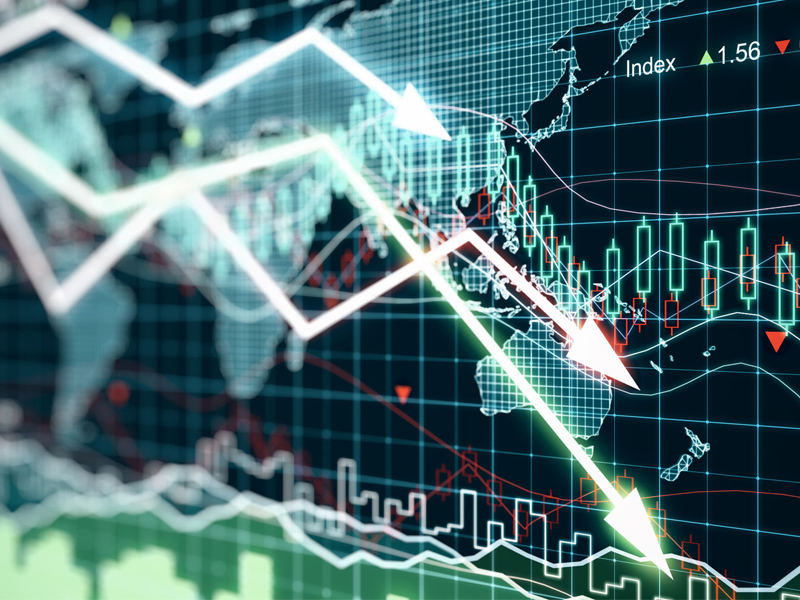
Under its baseline scenario, DBRS Inc. sees Canada suffering a sharp drop in GDP this year, with double-digit unemployment — and it gets worse from there.
In a new report, the rating agency said the economic environment faces an exceptionally high level of uncertainty, and that there’s a wide range of forecasts.
“Global macroeconomic forecasts have shifted dramatically amidst the rapid spread of Covid-19 and associated responses from governments, corporations and households,” it said.
The second quarter “is widely expected to be the worst on record for most major economy sovereigns, as the impact of widespread business and school closures, idled workforces and social distancing ripples across the globe,” it said.
In its report, DBRS set out possible economic results for several major markets, under both moderate and adverse scenarios, depending on how the pandemic plays out.
For Canada, under the moderate scenario — which is based on governments having success in containing the pandemic in the second quarter, followed by some relaxation of restrictions that enables economic recovery to start in the third quarter — GDP drops by 4% this year, before rebounding to a 3% rise in 2021.
In that scenario, Canadian unemployment jumps to 10% from 5.6% last year, before dropping back to 8.5% in 2021.
The adverse scenario — which assumes limited success curbing the outbreak, and an extended lockdown or a second wave of lockdowns — sees GDP dropping by 8% this year, with unemployment surging to 14%.
The recovery would also be weaker under the adverse scenario, with GDP rising by just 1% in 2021 and unemployment remaining at 10%, before gaining momentum in 2022 (generating 4% growth in 2022 and 9% unemployment).
“The coronavirus pandemic and the associated response has generated tremendous uncertainty for economic forecasting and for credit risk analysis,” said Thomas Torgerson, co-head of sovereign ratings for DBRS Morningstar.
DBRS said that the moderate scenario is its primary anchor for its current ratings, with the adverse scenario serving as a benchmark for sensitivity analysis.
“Both scenarios are subject to revisions,” DBRS said. “This is particularly true of the moderate scenario, which, unless the situation stabilizes in coming weeks, may shift gradually lower.”
“The adverse scenario, which is intended to reflect a significantly more bearish (albeit not necessarily worst case) scenario, is less likely to be revised, unless conditions over the next several months prove to be significantly better or worse than expected,” it said.